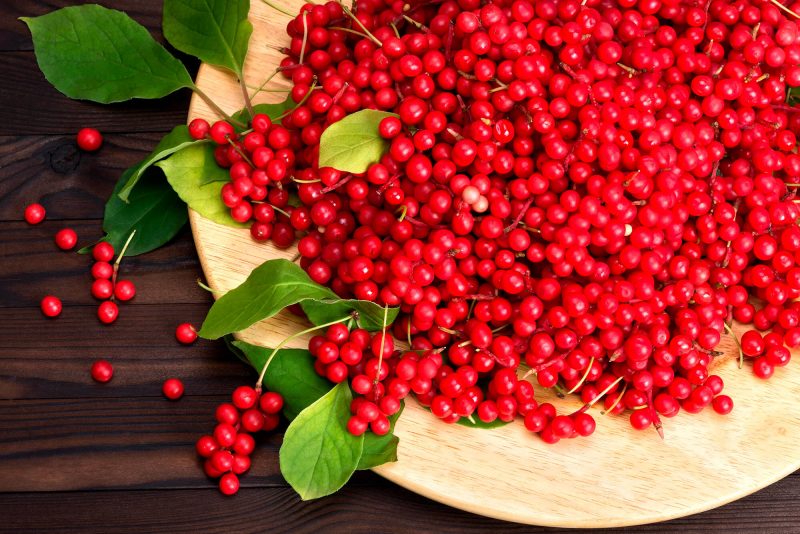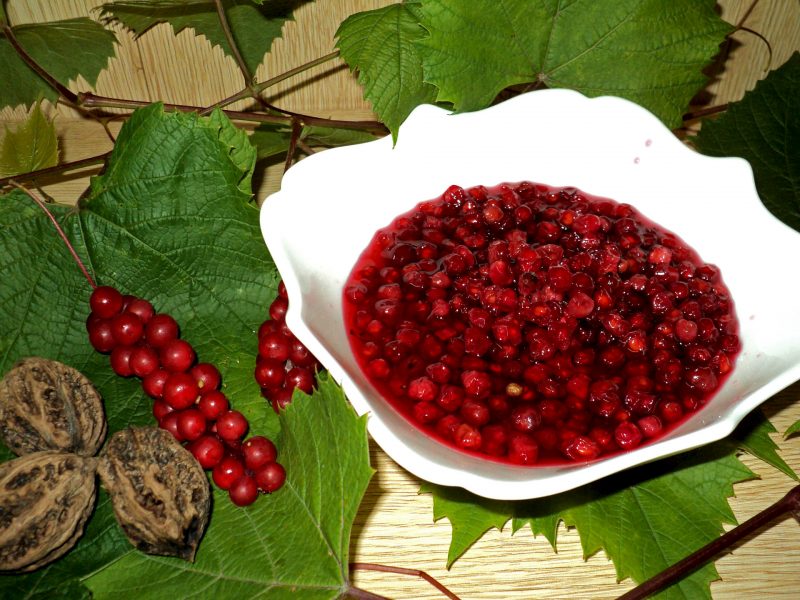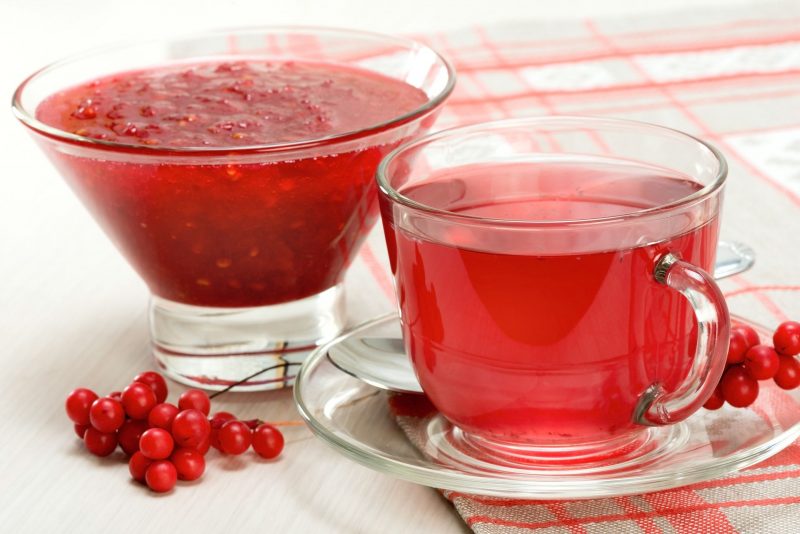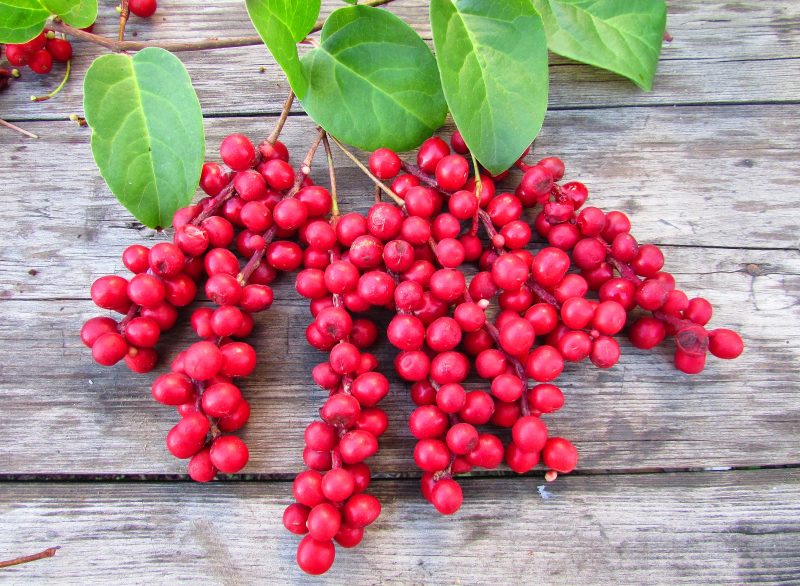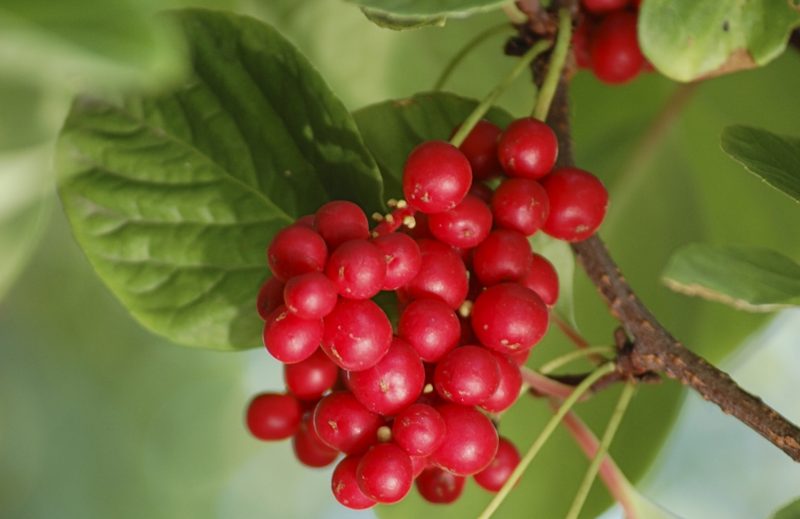Longevity, inexhaustible supply of health and vitality - is this what everyone in the world dreams of? But the question is - is there anything that will help to find all this? Fortunately, a special vine grows in the forests of the Far East and China - the Far Eastern lemongrass. It is she who bestows vitality.
Material Content:
Far Eastern lemongrass - healing and beneficial properties
As early as 250 BC, doctors from China discovered the plant's great benefits.
The healing power of lemongrass was so strong that it became the second after ginseng in importance.
What are the properties of this plant:
- Stimulation of reflex activity;
- Increased excitability of brain neurons;
- Tonic effect on the whole body;
- The stimulating effect of the entire nervous system;
- Mood boost;
- Strengthening the action of analeptics (camphor, caffeine);
- Antidepressant effect;
- Improving the health of the body;
- Thanks to phytoestrogens in the composition, it helps women to cope with PMS and menopause;
- Hepatoprotective effect;
- Strengthening male power (considered an aphrodisiac);
- Suppression of the growth of malignant neoplasms;
- Therapy of pathologies of the respiratory system;
- Immunomodulating and immunostimulating action.
Such a rich list of healing properties of schizandra (the official name of lemongrass) due to the chemical composition.
In the fruits, juice and seeds of the plant, just a storehouse of useful substances was discovered:
- Organic acids (citric, tartaric, malic);
- Sahara;
- Vitamins (C, B1, B2 ,, E);
- Tonic substances (schizandrins);
- Fixed oils;
- Essential oils with a delicate lemon aroma.
Plant application
Thanks to this list of useful properties, schizandra is used in many industries:
- In medicine and cosmetology;
- In cooking (the juice of the plant is a substitute for citric acid, and jams, preserves, compotes are prepared from berries);
- In perfumery (plant essential oils are added to the composition);
- In winemaking (juice is used for bunching of elite wines).
It is interesting:lemongrass chinese - care
The use of plants in medicine
In medical practice, preparations based on fruits and lemongrass juice are used for such pathologies and conditions:
- Hypotension;
- Depressive states;
- Malignant neoplasms;
- Increase mental and physical activity;
- Therapy of respiratory system diseases;
- Decreased tone of the heart muscles;
- Skeletal muscle weakness;
- Trophic ulcers;
- Liver disease
- Hormonal imbalance in women;
- Problems with potency in men;
- Decreased immunity;
- Tuberculosis;
- Diseases of the stomach associated with low acidity;
- Dermatological diseases (vitiligo, psoriasis, lichen planus).
The use of plants in cosmetology
The use of lemongrass is also verified in the field of beauty. Many cosmetology centers use care products with schizandra extract. Clients do not tire of confirming the tonic and anti-aging effect of the plant.
Medicines based on lemongrass are used:
- To smooth facial wrinkles;
- To stimulate the production of collagen and hyaluronic acid;
- To strengthen the hair follicles;
- To make the face smooth, even and pleasant to the touch;
- To normalize skin color, give it velvety;
- For relaxing baths.
Instructions for use of the Far Eastern lemongrass
How to make tea?
Making schizandra tea is a ritual. The Chinese gathered young shoots, leaves, bark in advance and dried them on parchment. Finished raw materials were stored in cloth bags.
Brewed tea as follows:
- 10-15 grams of dry raw material was poured with a liter of boiling water;
- Left to insist under the lid for 5 minutes;
- We drank the drink daily, morning and evening.
You can add dried leaves of the plant to ordinary black large-leaf tea. Tea from lemongrass has a tonic and immunostimulating effect. But you need to use it dosed. At night, such a drink is not recommended.
Lemongrass tincture
The benefits of lemongrass can be felt through the preparation of alcohol tinctures. Such a concentrated elixir will give health to everyone.
Preparing a tincture of seeds and berries:
- To prepare the medicine, take 20 grams of berries and 10 grams of crushed seeds;
- Put the ingredients in a dark glass container, pour 150 ml of alcohol;
- Leave the mixture in a dark place for 2 weeks;
- Filter the tincture from sediment;
- Store the finished medicine in a dark place out of the reach of children.
Ready tincture before use is diluted with water 1:10. It turns out that 1 teaspoon of the drug must be diluted with 10 teaspoons of pure water. It is necessary to take on an empty stomach, in the morning and in the evening. The tool is effective for anemia, flu, decreased immunity, fatigue.
Berries - benefits and how to eat?
Schizandra berries are valued for their tonic and refreshing effect. They are collected in late September and early October. Vines should grow far from roads and trails so that the plant is not saturated with harmful substances. They must be collected carefully so as not to crush the flesh.
Among the inhabitants of China, Korea and the Far East, the most popular ways of preserving berries for the winter are:
- Making juice. Juice is squeezed from ripe berries, ordered in half-liter jars and pasteurized at low temperature. Sugar and various additives are not added to the drink. Ready juice is added to tea (1 tsp per serving), tinctures are made and medicinal mixtures are prepared;
- Cooking jams.The berries are preheated in boiling water (2-3 minutes), after which they are rubbed through a sieve. The resulting puree is mixed with sugar (per 1 kg of puree 1.5 kg of sugar) and boiled for 30 minutes over low heat. Hot jam is laid out on sterile jars and rolled up;
- Making lemongrass jam. Pour 1 kg of berries into an enameled cup with a thick bottom. There, 1, 5 kg of sugar and 150 ml of water are added. Leave for a day to allocate juice. Then put on fire. The whole mass is boiled over low heat until cooked. Jam is bottled in sterile jars and rolled up.
Plant seeds
Schizandra seeds are used both separately and in combination with other parts of the plant. They are rich in fatty acids, essential oils, vitamins, trace elements and antioxidants.
Most often, tinctures and decoctions are prepared from seeds.
Possible side effects and contraindications
Far Eastern lemongrass should be used with caution.
Despite the beneficial properties, the plant has a number of contraindications:
- Hypertension;
- Increased tone of the heart muscles;
- Diseases of the cardiovascular system;
- Diseases of the stomach associated with increased acidity;
- Pregnancy and lactation;
- Childhood;
- Individual intolerance to the active components of schizandra;
- Liver failure;
- Acute infectious diseases;
- Insomnia and sleep disturbance;
- Epilepsy;
- Hyperactivity of the nervous system.
In healthy people, after taking lemongrass, adverse reactions may occur:
- Insomnia;
- Allergic reactions (rash, itching, urticaria);
- Increased blood pressure;
- Increased heart rate;
- Increased excitability.
It is always worthwhile to use Far Eastern lemongrass with caution. It will be better if an experienced specialist appoints it.
Self-medication by the plant and its components can cause negative consequences for the body.


